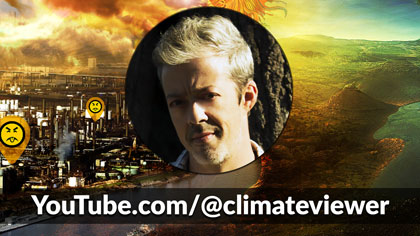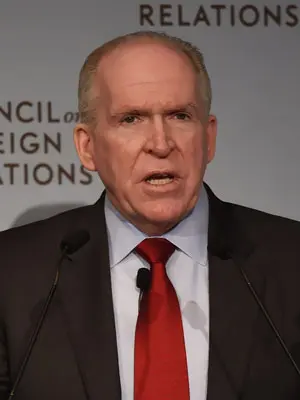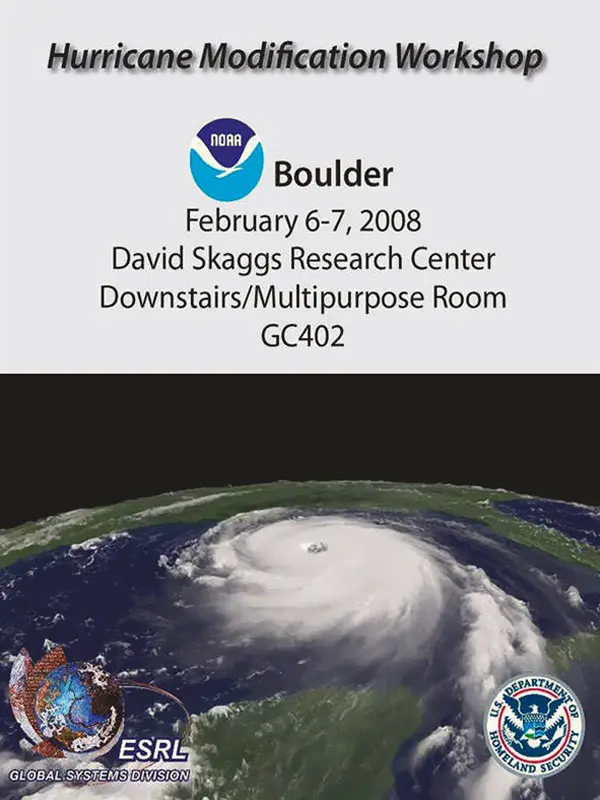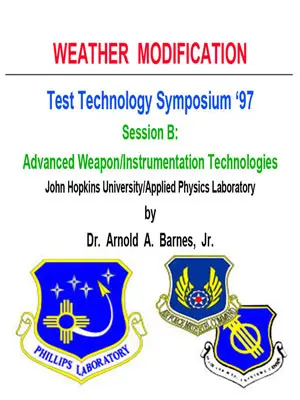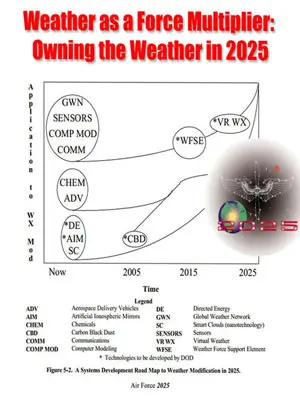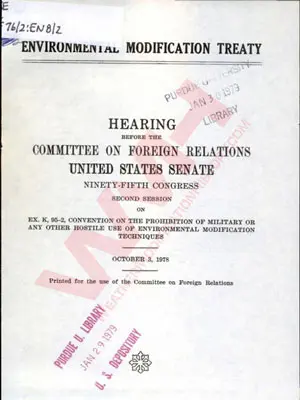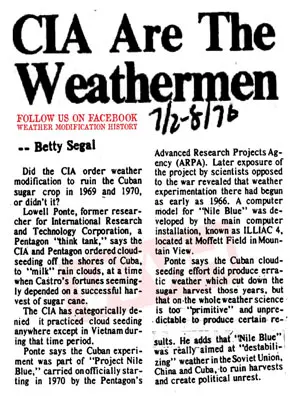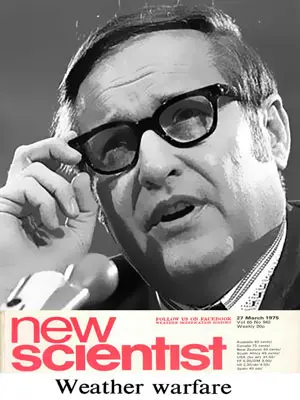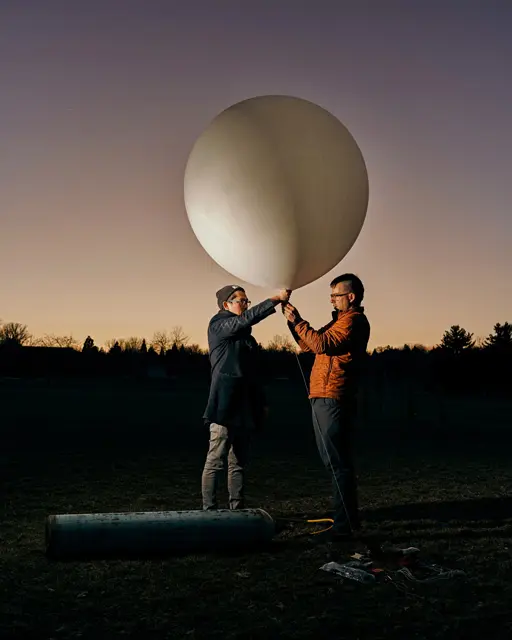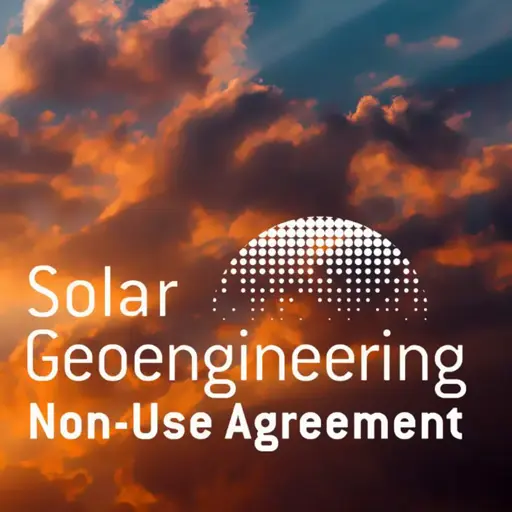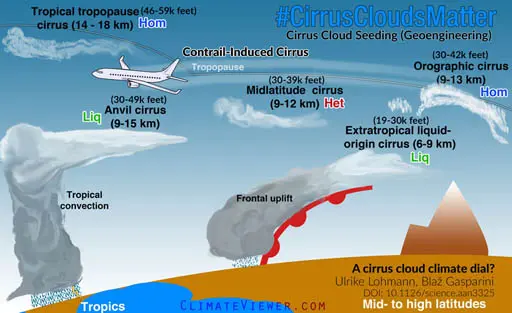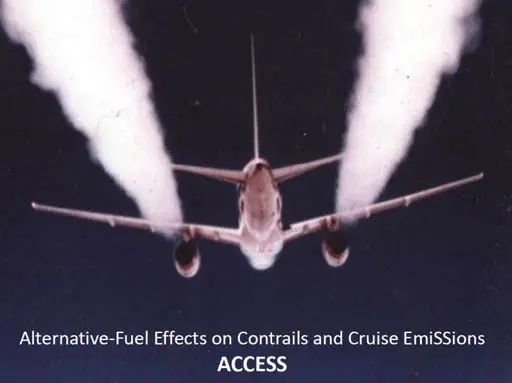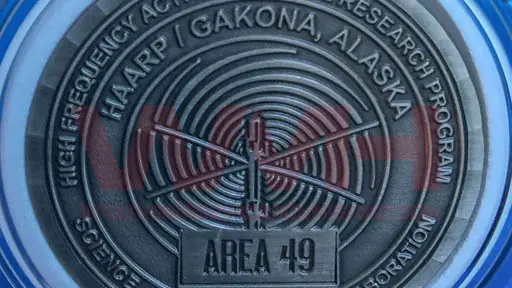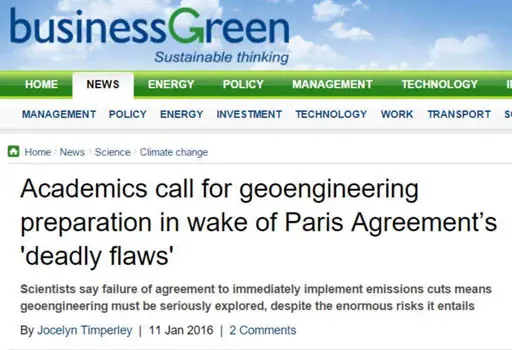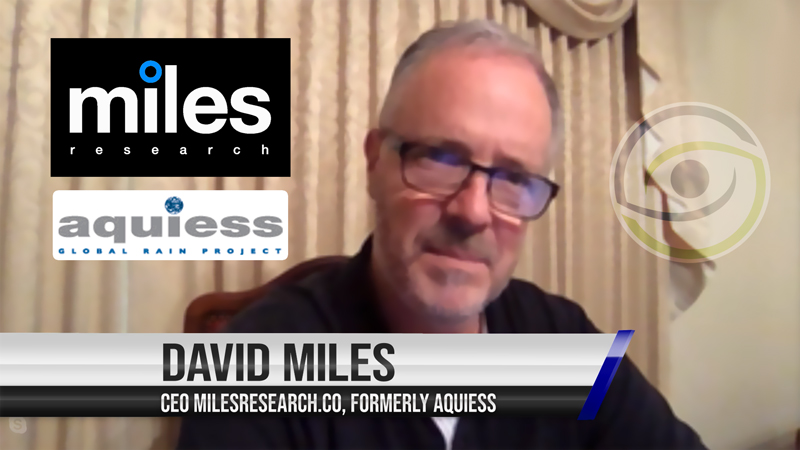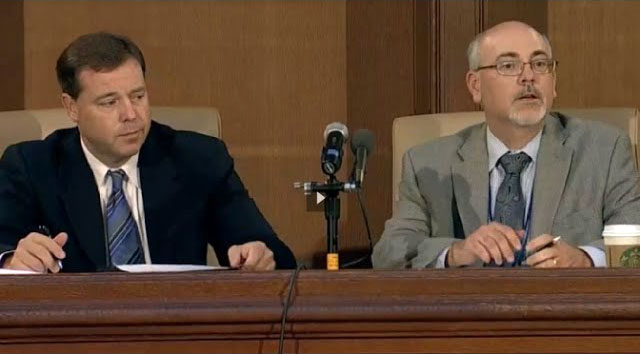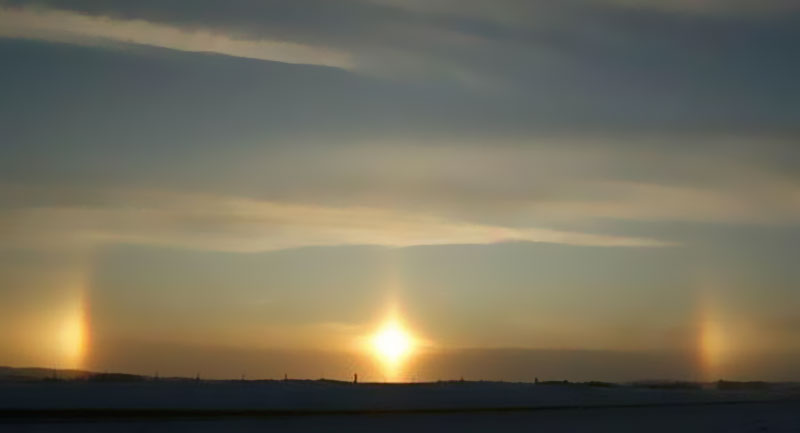
Here is a brief summary of weather control propaganda from around the globe for October 26, 2015 - November 1, 2015.
Diamond coated skies get a lot of media coverage this week, something I told you about last year: HAARP and Lucy in the Sky with Diamonds
These weekly posts will chronicle links to raise awareness of Geoengineering and Weather Modification activities worldwide in advance of the COP21 conference, where Geoengineering SRM lobbyists will seek funding for their global weather control agendas. As you read these articles, take special note of their tone, their agendas, and who would benefit from the article.
For a full understanding of weather control history, who’s doing it, and why, see our amazing reference site.
WEATHER MODIFICATION NEWS
Govt to Buy Four Russian Beriev Aircraft for Water Bombing - tempo.co
Indonesia will buy four Russian Beriev BE-200 aircraft for its armed forces and will also be used to conduct cloud seeding to create artificial rain to extinguish forest or land fires.

Increased cloud cover forecast over Sumatra, Kalimantan | antaranews.com
Jakarta (ANTARA News) - Indonesias National Agency for Disaster Management (BNPB) has forecast an increase in cloud cover over Sumatra and Kalimantan on Oct. 28-30. "If the forecast comes true, it would have a positive impact on the efforts to extinguish land and forest fires," Sutopo Purwo Nugroho, the BNPB spokesman, stated here, on Monday. The upcoming situation will be used to maximize the efforts by utilizing weather modification technology to create artificial rain, he explained.
Indonesia To Buy Four Russian Beriev BE-200 Amphibious Aircraft | defenseworld.net
We Could Reduce the Number of Hurricanes By Injecting Particles Into the Atmosphere | popularmechanics.com But doing so with today's technology could lead to disastrous unintended consequences.
"Because of this consequence, no one is really seriously looking at implementing this type of geoengineering project with sulfates, " Moore says. However, he argues, one solution could be to design and produce custom-made aerosol particles, ones which reflect sunlight but don't have a corrosive ozone effect. Other geoengineers are already working on designing such particles. Moore argues that his current research, while presently impractical, is still an important to step toward identifying how effective (even devastating) geoengineering approaches would be. Worse case scenario, they could be deployed as emergency stop-gap measure.
"We basically have three options. One's good, one's bad, one's worse. The good option is what we've decided not to do. Drastically cut down on CO2 production. The other two options are either business as usual or some geoengineering approach, and we're trying to figure out which one is the worse option," says Moore. "We pretty much know we won't use sulfate aerosols, but we shouldn't dismiss the whole concept while its still in the [infancy] of research."
Climate scientists ponder spraying diamond dust in the sky to cool planet | nature.com Solid particles of diamond or alumina might be safer than sulphate droplets as a way to redirect the Sun’s energy, calculations suggest.
However, Weisenstein is adamant that the ultimate cost would be lower. "Once this can be scaled up to make the right quantities, you assume the price is going to drop," she says. "Trying to estimate based on how much diamond costs currently is not particularly useful."And David Keith, a climate scientist also at Harvard and another of the paper’s authors, says he does not think even today’s costs would be prohibitive. By 2065, he says, with 10 billion people on the planet, the cost might be on the order of $5 per person to pump up some 450,000 tons of diamond dust.
Still, the Harvard team is focusing on alumina right now, Weisenstein says, because it’s easier to make and its chemical behaviour has been better studied.
The scientists warn, however, that both alumina and diamond nanoparticles carry unknown risks.
Harvard scientists think filling the sky with diamond dust could cool down the planet | sciencealert.com It would look pretty, at least?
Powdered diamond is likely to be a lot safer and kinder to the ozone layer than sulphate aerosols, the new study suggests.
How 'Third Way' Technologies Can Help Turn Tide on Climate | e360.yale.edu In a Yale Environment 360 interview, Australian scientist and author Tim Flannery explains how the development of technologies that mimic the earth’s natural carbon-removing processes could provide a critical tool for slowing global warming..
The scary thing about these geoengineering ideas is that they are really being taken seriously now.
Will hacking nature protect us from climate change? | cnn.com
Whether you call it hacking, or "fiddling with the knobs in the climate system," or the less-imaginative "geoengineering," it revolves around this question: Can humans game the system by using science to reverse global warming?
One way to keep global average temperatures from warming beyond a catastrophic 2-degree-celsius tipping point, according to some experts, is to suck massive amounts of CO2 out of the atmosphere.
10 THINGS YOU NEED TO KNOW: Today's guide to the obscure, the possibly relevant and things | bakersfield.com
4. There's a fun irony at the heart of the latest thinking about climate change: geoengineering.The general idea is that we might be able to moderate global warming by putting something in our air that will reflect light and heat back into space.
For a while, the top candidate to do the reflecting was sulfate aerosols, a substance considered environmentally detrimental until researchers studying a volcanic eruption found it might actually help cool the planet, Fusion.net reports.
But when others in the geoengineering field warned there’s no turning back once you start spreading aerosols, attention eventually turned to diamond dust.
The hope is that, unlike aerosols, ground-up diamonds could reduce greenhouse warming without depleting the ozone layer and rendering solar power plants less effective.
Does anyone else find it odd that we’re considering spewing materials we don’t know the full effects of into the atmosphere in order to reverse the consequences of emitting gases we didn’t know the full effects of?
By the way, we’re going to need that engagement ring, Sally.
Sky Diamonds Could Be A Planet's Best Friend, Climate Change's Worst Enemy | ibitimes.com Solid particles of diamond or alumina might be safer than sulphate droplets as a way to redirect the Sun’s energy, calculations suggest.
When Mount Pinatubo in the Philippines erupted in 1991, according to NASA, the 20 million tons of sulfur dioxide spewed into the atmosphere caused a 0.5 degree Fahrenheit dip for around two years.A controlled cloud of particles could produce a similar effect, in theory, Nature reported. Sulfate aerosols are a completely untested method to combat climate change. A 2013 study from the Max Planck Institute concluded that sulfate aerosols’ climate cooling effect was overestimated. A 2015 government report also threw some cold water on geoengineering.
Diamond Dust in the Sky Could Cool Planet, Say Climate Scientists| europe.newsweek.com
Spraying billions of dollars worth of diamond particles into the atmosphere could be an effective method of combating global warming, according to an analysis by climate scientists.The technique, which has not been tested, is a form of geoengineering whereby scientists intervene directly in the climate in order to reduce global temperatures. One proposed method of geoengineering is spraying sulfur particles into the atmosphere, where the particles would reflect some of the Sun’s rays before they reach Earth.
Now a team of climate scientists from Harvard University in Massachusetts have calculated that diamond nanoparticles would be at least 50 percent more effective than sulfates at reflecting solar energy and thereby cooling the Earth, science journal Nature reported.
Weather on Demand: Making It Rain Is Now a Global Business | bloomberg.com Welcome to the strange world of cloud seeding.
... Like other agricultural regions of India, it’s in its third consecutive year of drought. More than 80 percent of its farms depend on rain for irrigation, and agriculture production has dropped by almost a third since 2013. The human impact has been severe—1,300 debt-trapped farmers have committed suicide in Maharashtra in just the past six months.In July, the state’s minister of revenue, Eknath Khadse, took a gamble: He hired Koliwad to carry out a $4.5 million cloud-seeding program over three months and across 100 square miles in the middle of the state, the largest campaign of this kind ever attempted in India. “Our situation is severe,” says Khadse. “There is no other technology available in the world to bring more rains. We must be willing to try it.”
So Koliwad called Weather Modification Inc., the world’s largest private aerial cloud-seeding company, based in Fargo, N.D. WMI’s chief executive, Patrick Sweeney, developed a five-year technology transfer program with Koliwad that’s now in its first year. Pederson and other WMI staff are training Indian pilots, meteorologists, and Doppler radar technicians to seed clouds. …
Global Warming Solution – Hacking Nature | healthaim.com
A more feasible solution to climate change seems to be overlooked by the “big” people out there. Lessen industrialization and advocate nature – tree planting, cut pollution, stop depleting our natural resources and the like. But oh well, that would mean less profit for the majority. So it seems like we’re heading to a world that even nature becomes synthetic and man-made, with irreversible effects awaiting us.
Indonesia Air Force Chief of Staff, VP Kalla discuss haze prevention efforts | antaranews.com
Jakarta (ANTARA News) - Indonesia Air Force Chief of Staff Marshal Agus Supriatna met Vice President M. Jusuf Kalla here on Friday to discuss ways to prevent haze in numerous regions. "The vice president asked the Air Force to coordinate with the Meteorology, Climatology and Geophysics Agency (BMKG) to create artificial rain to prevent the haze when it becomes cloudy," Supriatna stated at the vice presidential office on Friday. The Air Force chief of staff noted that weather modification to create artificial rain will be carried out using a fleet of three Beriev BE-200 aircraft leased from Russia. "We have prepared three Beriev BE-200 aircraft to conduct the operation, but we have five Hercules and five CN259 aircraft for evacuation," Supriatna noted. However, he added that the operations to create artificial rain will not be carried out simultaneously in the haze-affected areas.
Large-Scale Geoengineering and Threats to National Security | lawfareblog.com
Peatland Restoration Prevents Forest Fires, says Jusuf Kalla, Jakarta, Indonesian | tempo.co
Additionally, the government also conducts weather modification by pouring salts or sodium chloride to some clouds that have water vapor to trigger rain.
Peruvians, Arizonans have both learned how to snare mist from the sky | azcentral.net
This year the state Department of Water Resources pitched in $65,000 to keep a Wyoming cloud-seeding program operational after it ran its course for research. By hurling particles into winter clouds from ground-based blow guns, researchers found, they could boost snowfall and the resulting streamflow by 5 to 10 percent.
DA urges farmers to shift crops for El Nino | azcentral.net
Earlier, the DA spent P75 million for cloud seeding operations to improve the water level of some watersheds. Cacayan also explained local government units (LGUs) in the provinces of Bohol and Negros Occidental have released funds for cloud seeding operations, with Bohol granting P7 million for it. He added the Casecnan irrigation and hydroelectric power plant also released PHP12 million for similar operations.




